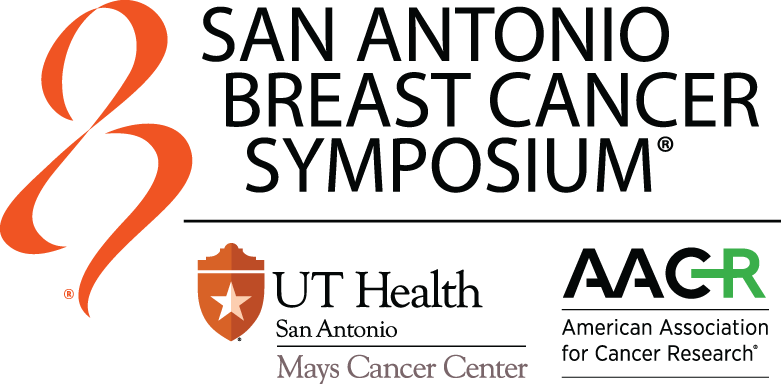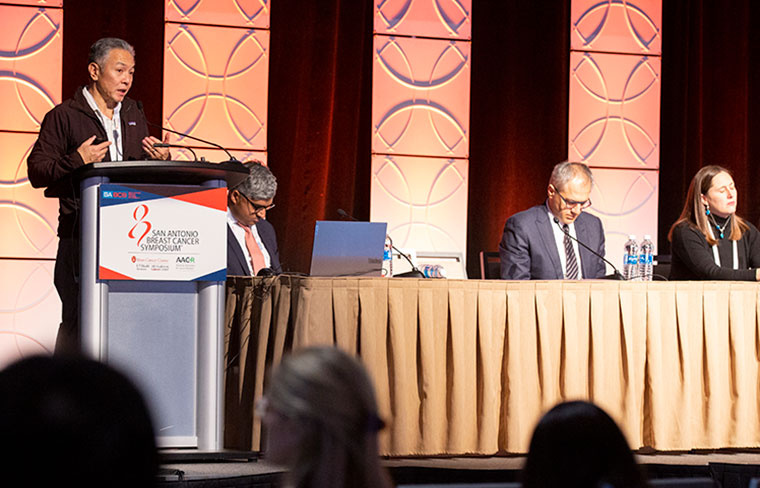
Recent advances in basic science have the potential to predict treatment response, optimize current cancer treatments, and discover new therapies, according to speakers during Tuesday’s basic science workshop, Materials and Methods: Basic Science to Breast Oncology.
The session is available on demand for registered 2023 SABCS® participants through March 31, 2024, on the meeting platform.
Organoids: growing intact tumors
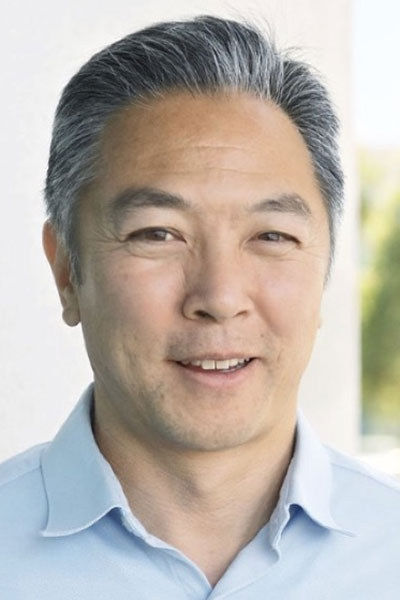
Calvin J. Kuo, MD, PhD, the Maureen Lyles D’Ambogio Professor of Medicine-Hematology at Stanford University, discussed the role of organoids in understanding carcinogenesis and predicting response to treatment.
Organoids often recapitulate many of the characteristics of their in vivo counterparts and enable researchers to glean insights that are difficult to ascertain from two-dimensional cell culture.
“Cell lines can be very robust and easy to passage, but they have a lot of pre-existing mutations,” said Dr. Kuo. “If you insert an oncogene, you’re doing so in a complex environment. Organoids represent normal tissue. You can build cancer from the ground up and study the initial events of transformation.”
Dr. Kuo’s group has developed organoid systems that incorporate not only tumor cells but also fibroblasts, immune cells, and vasculature to more faithfully model in vivo tumors.
“These are not reconstituted systems,” he said. “The organoids are grown from intact pieces of the tumor, and they maintain the architecture of the tumor and the spatial relationship between cells.”
His group is moving toward using these more complex organoids derived from patient tumors as “treatment avatars” to predict response to checkpoint inhibitors.
Single-cell sequencing: modeling cell-cell interactions
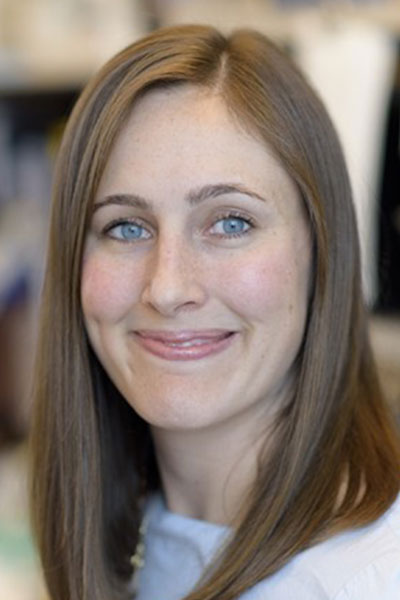
Ashley M. Laughney, PhD, Assistant Professor at Weill Cornell Medicine’s Institute for Computational Biomedicine, discussed how single-cell sequencing methods can model cell-cell interactions in the tumor microenvironment.
Dr. Laughney’s group developed ContactTracing, a method that uses the intrinsic variability naturally captured in single-cell sequencing to infer interactions between cell types.
ContactTracing was used to understand cell-cell interactions in the context of chromosomal instability (CIN), a potent driver of metastasis. Under states of high CIN, the presence of cytosolic DNA activates pathways designed to trigger an immune response.
However, chronic activation of these pathways, as in the setting of high CIN, leads to the opposite result—immune suppression and subsequent metastasis. ContactTracing identified endoplasmic reticulum stress as the main mediator of immune suppression.
“Activating a given pathway can produce different functional outputs during different stages of disease,” she said. “It’s like a car alarm. If you hear it once, you look. If you hear it repeatedly, you tune it out. That’s exactly what cancer cells do when they’re chronically exposed to DNA in the cytosol.”
Clinical genomics: real-world applications
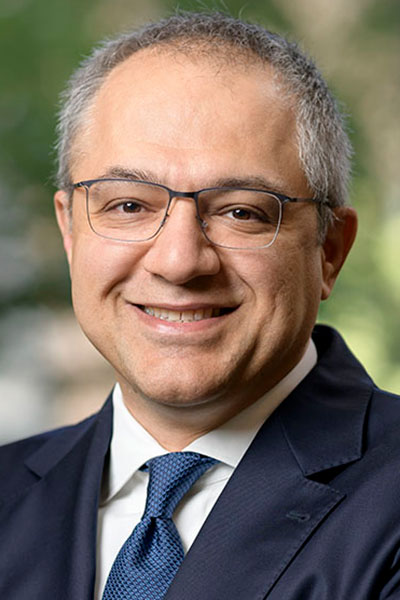
Pedram Razavi, MD, PhD, Director of Liquid Biopsy and Genomics at Memorial Sloan Kettering Cancer Center’s Global Biomarker Development Program, discussed real-world applications of clinical genomics data.
Dr. Razavi has used genomics data to not only identify mechanisms of resistance to common therapies but also to identify features that can predict future resistance mutations. For example, acquired loss of heterozygosity to retinoblastoma 1 (RB1), which is associated with poor response to CDK4/6 inhibitors, nearly exclusively occurred in those with one functional RB1 allele at baseline.
“We can predict the mechanism of resistance to CDK4/6 inhibitors based on the pre-treatment copy number state of the tumor,” said Dr. Razavi.
His group is also using the American Association for Cancer Research Project GENIE database to understand patterns of mutational co-occurrence and mutual exclusivity as well as to identify age-based mutational trends, to understand why younger patients often have more aggressive disease.
Finally, Dr. Razavi described Memorial Sloan Kettering’s Multimodal Integration of Data (MIND) initiative, which integrates clinical, radiographic, pathologic, and genomic data with deep learning models to predict outcomes.
Dr. Razavi hopes that by incorporating multiple types of data, they can accurately predict clinical outcomes, such as pathologic complete response (pCR) following neoadjuvant treatments, using information that is readily available to clinicians instead of genomic sequencing data, which is not routinely available.
Molecular docking: discovering new biology via novel chemotypes
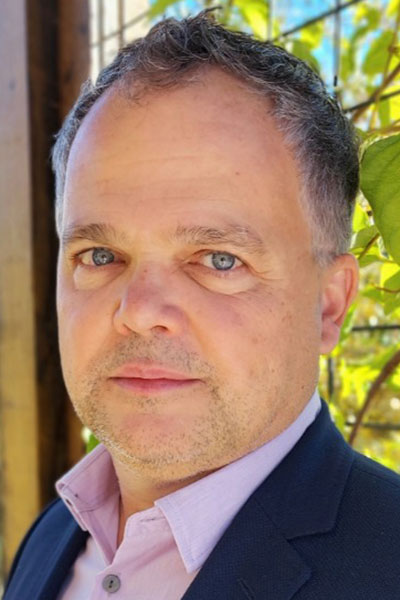
John J. Irwin, PhD, Adjunct Professor of Pharmaceutical Chemistry at the University of California, San Francisco, showed how molecular docking enables virtual screening of billions of small molecules.
“As recently as seven years ago, people were screening 3 million molecules and thought that was a lot,” said Dr. Irwin. “We’re now screening billions of molecules. And that gives you access to new chemotypes.”
Dr. Irwin focused on work to identify new ligands for the cannabinoid receptor, CB1. CB1 agonists, such as Δ9-tetrahydrocannabinol (THC) can have analgesic effects, but they also come with other, unwanted side effects.
Dr. Irwin’s group screened millions of small molecules in the hopes of identifying CB1 agonists that retain analgesic properties without significant side effects.
They tested their lead hit in mouse models and showed that it reduced acute and inflammatory pain without the changes in locomotion and alertness seen with a common commercial CB1 agonist.
“If you’ve thought about docking before, consider giving it another look,” said Dr. Irwin. “Chemical space has really grown, and it’s only going to continue to grow. There are tremendous opportunities to discover new chemistry for new biology.”
